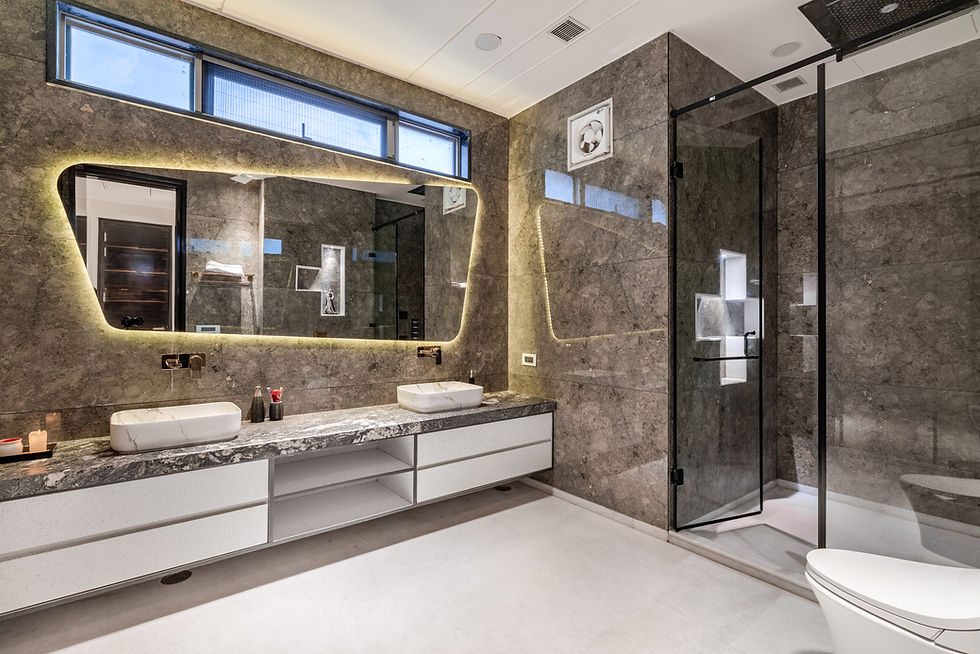
Addressing Common Problems with Water-Saving Toilets
Share
In a world increasingly focused on sustainability, the concept of water-saving toilets has gained significant traction. These eco-friendly fixtures promise to conserve water and reduce utility bills, making them an attractive choice for environmentally conscious homeowners and businesses. However, as with any technology, there are common problems with water-saving toilets that need to be addressed to ensure they function optimally. This article explores these issues, offering insights and solutions for tech professionals and enthusiasts who are keen on integrating these systems into their lives.

The Rise of Water-Saving Toilets
Before delving into the challenges, it's essential to understand why water-saving toilets have become so popular. Traditional toilets can use up to 7 gallons per flush, whereas water-saving models, such as low-flow and dual-flush toilets, use significantly less, often around 1.6 gallons per flush. This reduction not only conserves water but also translates into lower water bills.
For tech professionals and enthusiasts, the incorporation of innovative technologies, such as smart sensors and IoT connectivity, into these toilets adds an extra layer of appeal. [Read more about reducing water bills with toilets].
Common Problems with Water-Saving Toilets
1. Inadequate Flushing Power
One of the most commonly reported issues with water-saving toilets is their inadequate flushing power. The reduced water volume can sometimes fail to clear waste effectively, leading to frequent double flushing. This not only negates the water-saving benefits but can also be frustrating for users.
2. Clogging Concerns
Due to the lower water flow, water-saving toilets can be more prone to clogs compared to their traditional counterparts. This issue is particularly prevalent in older plumbing systems that may not be compatible with the lower flow rates of modern toilets.
For those encountering persistent clogging, it might be worth considering an upgrade to a dual-flush system. [Learn more about installing a dual-flush toilet].
3. Maintenance and Repairs
Water-saving toilets often incorporate advanced mechanisms that can be more challenging to repair or maintain. Issues with flush valves, sensors, or IoT components may require specialized knowledge to troubleshoot effectively.
For tech-savvy individuals, this presents an opportunity to engage with the technology on a deeper level. [Discover how to upgrade an old toilet to a water-saving model].
Solutions and Considerations
Optimizing Flushing Performance
To combat flushing inadequacies, consider toilets with pressure-assisted flushing systems. These use air pressure to enhance the force of the flush, providing a more effective waste removal process.
Addressing Clogging Issues
For older plumbing systems, retrofitting may be necessary to accommodate the lower water flow of water-saving toilets. Additionally, opting for a dual-flush model can offer greater flexibility.
Regular Maintenance
Regular maintenance can prevent many common issues associated with water-saving toilets. This includes cleaning sensors, checking for leaks, and ensuring that all components are functioning correctly.
For further maintenance tips, [explore the benefits of eco-friendly bathroom accessories].
The Future of Water-Saving Toilets
As technology continues to evolve, the potential for even more efficient and effective water-saving toilets is vast. IoT integration, smart monitoring, and AI could revolutionize how we interact with these essential fixtures. [Find out how to choose the best flush system].
Moreover, the advent of smart toilets that can adjust flushing levels based on usage patterns presents an exciting frontier for tech enthusiasts.

FAQ Section
Why are water-saving toilets more prone to clogs?
Water-saving toilets use less water per flush, which can sometimes be insufficient to clear waste, especially in older plumbing systems.
How can I improve the flushing power of my water-saving toilet?
Consider upgrading to a pressure-assisted flushing system or ensuring your current system is well-maintained and free of blockages.
Are there smart water-saving toilets available?
Yes, there are smart water-saving toilets that incorporate IoT technology, offering features like automatic flushing and water usage tracking.
For more information on conserving water, [visit EPA's guide on residential toilets].
This article contains affiliate links. We may earn a commission at no extra cost to you.
